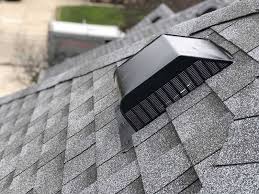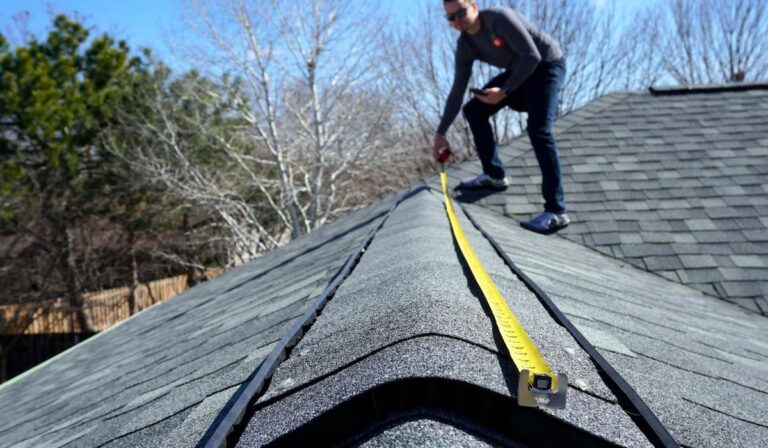Proper roof ventilation is a critical component in maintaining a home’s energy efficiency and overall comfort. By facilitating the continuous flow of air through the attic space, effective ventilation systems help regulate indoor temperatures, reduce energy consumption, and prolong the lifespan of roofing materials.
The Role of Roof Ventilation in Energy Efficiency
An adequately ventilated roof allows hot air to escape during warmer months and permits fresh air to circulate, preventing the buildup of heat in the attic. This regulation of temperature reduces the strain on air conditioning systems, leading to lower energy bills. In colder seasons, proper ventilation helps maintain a consistent roof temperature, preventing the formation of ice dams that can cause significant damage.
Benefits of Proper Roof Ventilation
- Temperature Regulation: By expelling excess heat from the attic, ventilation systems prevent heat from seeping into living spaces, thereby enhancing indoor comfort and reducing the need for excessive air conditioning.
- Moisture Control: Effective ventilation reduces moisture buildup, which can lead to mold growth and structural damage. Maintaining dry conditions in the attic preserves the integrity of insulation and roofing materials.
- Energy Savings: Proper ventilation decreases the workload on heating and cooling systems, resulting in significant energy savings. Homeowners can potentially reduce their energy bills by up to 10-30% by ensuring adequate roof ventilation.
Types of Roof Ventilation Systems
- Ridge Vents: Installed along the peak of the roof, ridge vents allow warm, humid air to escape from the attic.
- Soffit Vents: Located under the eaves, soffit vents facilitate the intake of cool, fresh air into the attic space.
- Gable Vents: Positioned on the exterior wall of the attic, gable vents promote cross-ventilation by allowing air to enter and exit through the gable ends.
- Powered Vents: These electrically or solar-powered fans actively expel hot air from the attic, enhancing airflow and temperature regulation. Solar-powered vents are particularly energy-efficient, as they operate without drawing electricity from the grid.
Implementing Effective Roof Ventilation
To optimize energy efficiency through proper roof ventilation, consider the following steps:
- Assessment: Consult with a roofing professional to evaluate your current ventilation system and identify areas for improvement.
- Balanced Ventilation: Ensure a balanced system with equal intake (soffit vents) and exhaust (ridge or gable vents) to promote consistent airflow.
- Regular Maintenance: Periodically inspect vents for blockages or damage, and keep them clean to maintain optimal performance.
- Insulation Considerations: Pair proper ventilation with adequate insulation to enhance energy efficiency and prevent issues like ice dams.
By investing in a well-designed roof ventilation system, homeowners can achieve a more comfortable living environment, extend the lifespan of their roofing materials, and realize substantial energy savings over time.






